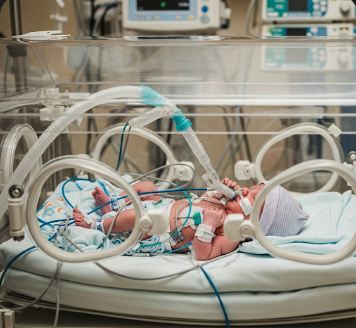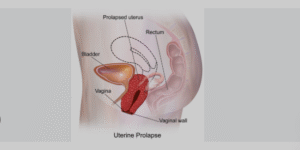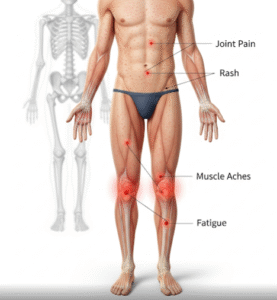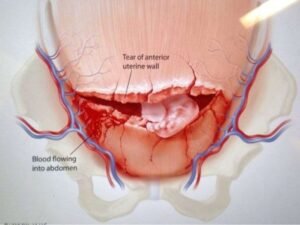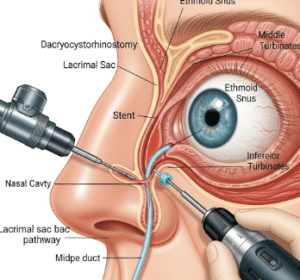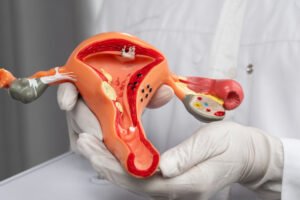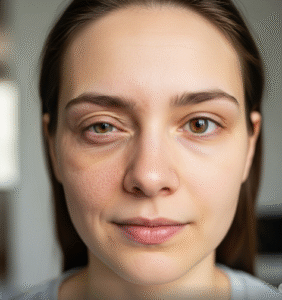Overview
Bronchopulmonary Dysplasia (BPD) is a chronic lung disease primarily affecting premature infants who have received oxygen therapy or mechanical ventilation for respiratory distress. It is characterized by impaired lung development, inflammation, and scarring, leading to long-term respiratory complications.
In Korea, BPD is managed in neonatal intensive care units (NICUs) and pediatric pulmonology centers. The focus is on preventing lung injury in preterm infants, early diagnosis, supportive treatment, and long-term follow-up. Korean hospitals emphasize advanced neonatal care, individualized treatment plans, and family education to improve outcomes for infants at risk of BPD.
What is Bronchopulmonary Dysplasia?
Bronchopulmonary Dysplasia is a developmental lung disorder that occurs in infants who have experienced oxygen toxicity, mechanical ventilation, or lung inflammation during the early stages of life.
Key features include:
- Reduced alveolar development, leading to fewer and larger air sacs
- Airway inflammation and fibrosis
- Variable lung function impairment, ranging from mild oxygen dependence to severe chronic respiratory insufficiency
- Long-term susceptibility to respiratory infections and wheezing
BPD severity is often classified as mild, moderate, or severe, based on oxygen requirements and lung function at 36 weeks postmenstrual age.
Symptoms
Symptoms of BPD can appear in the early neonatal period or persist beyond infancy:
- Rapid breathing (tachypnea)
- Retractions (pulling in of chest muscles during breathing)
- Cyanosis (bluish skin or lips) in low-oxygen episodes
- Persistent oxygen requirement
- Frequent lung infections
- Poor weight gain or feeding difficulties
- Wheezing or chronic cough
- Delayed growth and reduced exercise tolerance in older children
Severity varies, and infants with mild BPD may show minimal symptoms, while severe cases can require long-term oxygen therapy or hospitalization.
Causes
BPD develops due to interruption of normal lung development combined with injury from medical interventions or infections:
- Premature birth, especially before 28 weeks gestation
- Mechanical ventilation for respiratory distress syndrome
- Prolonged oxygen therapy, causing oxidative lung injury
- Respiratory infections in the neonatal period
- Inflammatory conditions in the mother or infant
- Genetic susceptibility, affecting lung repair and growth
The underlying mechanism involves inflammation, abnormal lung tissue repair, and fibrosis, resulting in reduced alveolar surface area and impaired gas exchange.
Risk Factors
- Extreme prematurity
- Low birth weight (<1,500 grams)
- Prolonged use of ventilators and supplemental oxygen
- Respiratory distress syndrome at birth
- Infections during the neonatal period
- Maternal conditions, such as preeclampsia or chorioamnionitis
Complications
BPD can lead to short-term and long-term complications:
- Chronic oxygen dependence
- Increased susceptibility to respiratory infections, including RSV and influenza
- Pulmonary hypertension due to chronic lung disease
- Delayed growth and neurodevelopmental challenges
- Long-term lung function impairment, including wheezing, asthma-like symptoms, or exercise intolerance
- Hospitalization for respiratory distress during childhood
Prevention
Preventive strategies focus on reducing lung injury in premature infants:
- Antenatal corticosteroids to promote fetal lung maturity
- Gentle ventilation strategies to minimize airway trauma
- Careful oxygen management to prevent toxicity
- Early treatment of neonatal infections
- Nutritional support to promote lung and overall growth
- Use of surfactant therapy for preterm infants with respiratory distress syndrome
- Korean NICUs follow strict guidelines to reduce the incidence and severity of BPD
Treatment Options in Korea
Diagnosis
Diagnosis is based on clinical criteria and monitoring in the neonatal period:
- Medical history of prematurity, ventilation, and oxygen therapy
- Physical examination focusing on respiratory signs
- Chest X-rays to detect lung changes such as fibrosis or hyperinflation
- Oxygen requirement assessment at 36 weeks postmenstrual age
- Pulmonary function tests in older infants and children, if needed
Medical Management
Treatment aims to support lung function, reduce inflammation, and prevent complications:
- Oxygen therapy for infants with hypoxemia
- Mechanical ventilation with gentle strategies in the NICU
- Bronchodilators to relieve airway constriction in selected cases
- Diuretics to manage fluid retention and pulmonary congestion
- Corticosteroids in certain cases to reduce inflammation, used cautiously due to potential side effects
- Nutritional support including high-calorie diets and vitamin supplementation
- Vaccinations to protect against respiratory infections
Supportive Care
- Pulmonary rehabilitation for older children to improve lung function
- Monitoring growth and development
- Parent education on home oxygen management and infection prevention
- Regular follow-ups with pediatric pulmonologists to adjust care plans
Advanced Interventions
- High-frequency ventilation or non-invasive ventilation for severe neonatal cases
- Extracorporeal membrane oxygenation (ECMO) in life-threatening respiratory failure
- Multidisciplinary care involving neonatologists, pulmonologists, nutritionists, and physiotherapists
Prognosis
The prognosis of BPD depends on severity, gestational age, and quality of neonatal care:
- Mild BPD often resolves within the first 2 years of life, with minimal long-term effects
- Moderate to severe BPD may require prolonged oxygen therapy and ongoing medical care
- Early intervention, advanced neonatal care, and rehabilitation in Korea improve outcomes
- Many children eventually achieve near-normal lung function, though some may experience persistent respiratory symptoms into adolescence or adulthood
Korean hospitals provide state-of-the-art neonatal care, individualized treatment, and long-term follow-up programs, ensuring that infants with Bronchopulmonary Dysplasia receive optimal support for lung development, overall growth, and quality of life.

